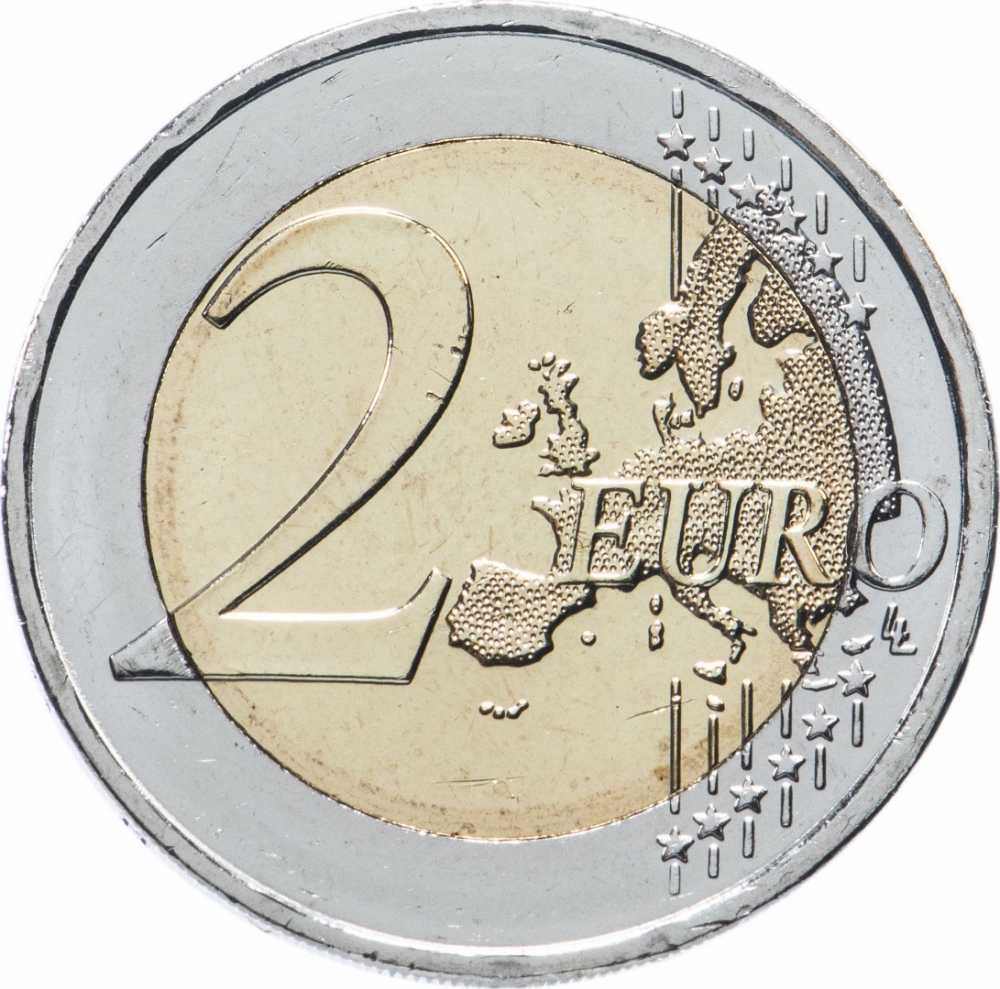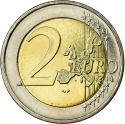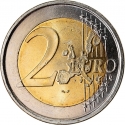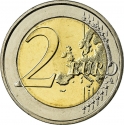You are about to finish your registration. Please check your mailbox (including spam folder). There should be a letter with a confirmation link. Check setting to make sure that your e-mail address is correct.
Send letter againDescription
The Battle of Thermopylae was fought between an alliance of Greek city-states, led by King Leonidas of Sparta, and the Persian Empire of Xerxes I over the course of three days, during the second Persian invasion of Greece. It took place simultaneously with the naval battle at Artemisium, in August or September 480 BC, at the narrow coastal pass of Thermopylae ("The Hot Gates"). By 480 BC Xerxes had amassed a huge army and navy, and set out to conquer all of Greece. The Athenian politician and general Themistocles had proposed that the allied Greeks block the advance of the Persian army at the pass of Thermopylae, and simultaneously block the Persian navy at the Straits of Artemisium.
A Greek force of approximately 7,000 men marched north to block the pass in the middle of 480 BC. The Persian army, alleged by the ancient sources to have numbered over one million, but today considered to have been much smaller arrived at the pass in late August or early September. The vastly outnumbered Greeks held off the Persians for seven days (including three of battle) before the rear-guard was annihilated in one of history's most famous last stands. During two full days of battle, the small force led by Leonidas blocked the only road by which the massive Persian army could pass. After the second day, a local resident named Ephialtes betrayed the Greeks by revealing a small path used by shepherds. It led the Persians behind the Greek lines. Leonidas, aware that his force was being outflanked, dismissed the bulk of the Greek army and remained to guard their retreat with 300 Spartans and 700 Thespians, fighting to the death. Others also reportedly remained, including up to 900 helots and 400 Thebans; most of these Thebans reportedly surrendered.
Themistocles was in command of the Greek Navy at Artemisium when he received news that the Persians had taken the pass at Thermopylae. Since the Greek strategy required both Thermopylae and Artemisium to be held, given their losses, it was decided to withdraw to Salamis. The Persians overran Boeotia and then captured the evacuated Athens. The Greek fleet attacked and defeated the invaders at the Battle of Salamis in late 480 BC. Wary of being trapped in Europe, Xerxes withdrew with much of his army to Asia (losing most to starvation and disease), leaving Mardonius to attempt to complete the conquest of Greece. However, the following year saw a Greek army decisively defeat the Persians at the Battle of Plataea, thereby ending the Persian invasion.
Both ancient and modern writers have used the Battle of Thermopylae as an example of the power of a patriotic army defending its native soil. The performance of the defenders is also used as an example of the advantages of training, equipment, and good use of terrain as force multipliers and has become a symbol of courage against overwhelming odds.
Obverse

|
Depicts a bronze Corinthian helmet with a bush of horsehair in the middle, surrounded by the inscription in Greek (2500th Anniversary of the Battle of Thermopylae), the state name below. A palmette (the mint mark of the Greek Mint) and date one the middle left. The twelve stars of the European Union surround the design on the outer ring. 2500 ΧΡΟΝΙΑ ΑΠΟ ΤΗ ΜΑΧΗ ΤΩΝ ΘΕΡΜΟΠΥΛΩΝ |
|---|---|
Reverse

|
A geographical map of Western Europe spans the outer ring and inner core on the right side of the coin. The inscription 2 EURO is superimposed over the map of Europe, with the numeral “2” located in an open field representing the eastern Atlantic Ocean. 2 EURO |
| Edge |
HELLENIC REPUBLIC in Greek. ΕΛΛΗΝΙΚΗ ΔΗΜΟΚΡΑΤΙΑ ★ |
Swap now (2 offers)
Characteristics
| Type | Commemorative Issue (Circulating) |
| Material | Bi-Metallic |
| Ring | Cupronickel |
| Center | Nickel Brass |
| Weight | 8.5 g |
| Diameter | 25.75 mm |
| Thickness | 2.2 mm |
| Shape |
|
| Alignment | Medal |
| Mint |
Bank of Greece
|







